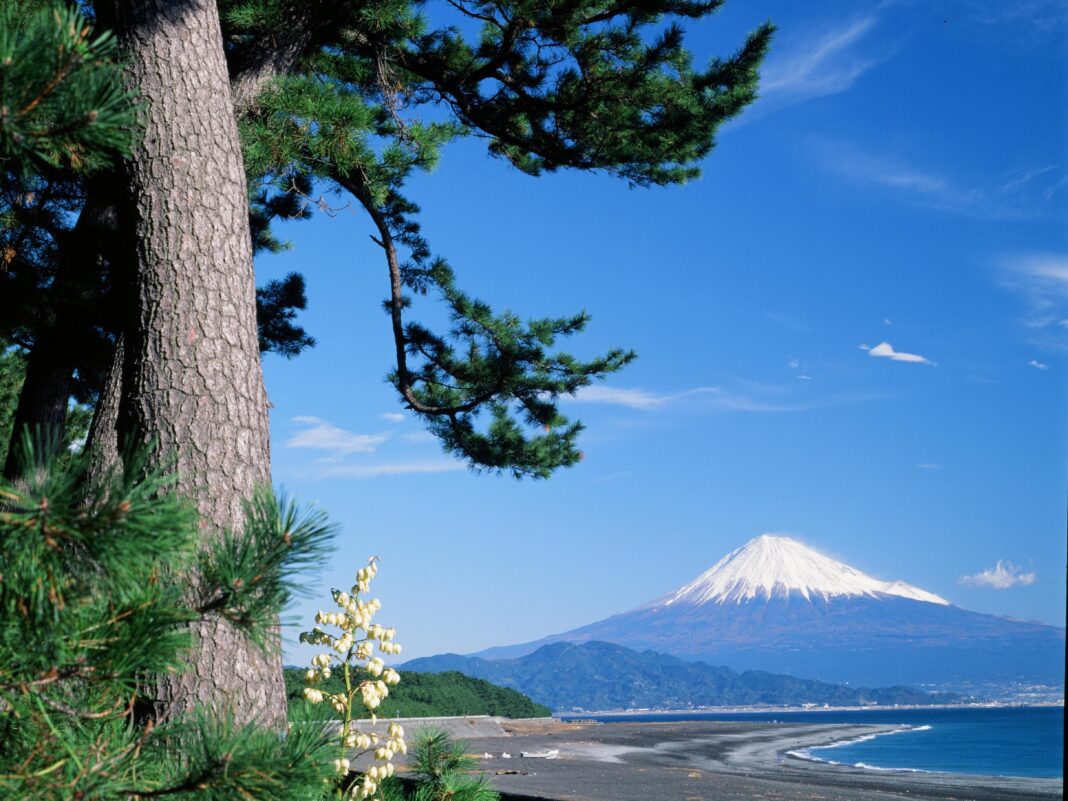Miho no Matsubara is a scenic area along the eastern coast of the Miho Peninsula in Shimizu Ward of Shizuoka City, and because of its beauty, it is considered one of the three most beautiful new sights in Japan, one of the three most beautiful pine groves in Japan and is a nationally designated scenic area.
Along with the sense of awe for the sacred Mt. Fuji, the landscape has long inspired the creation of art and has been the subject of many poets, haiku poets, and painters since as far back as the Manyoshu era, and in 2013, it was registered as a World Cultural Heritage as part of the component of “Mt. Fuji-Object of Faith and Source of Art”
Today, we will be introducing the area of Miho no Matsubara.
Table of Contents
Japan’s original landscape, which became “an object of faith and a source of art”
Miho no Matsubara can be accessed by car from JR Shimizu Station in about 20 minutes, and free parking is available in the area. As you proceed up the small hill from the parking lot, you will see the brightly lit Miho Coast stretching out beyond the pine trees that grow diagonally, yet forcefully, withstanding the sea winds.
Looking up to the east, you can see a deep green pine forest, white waves crashing against the sandy beach, the bright blue Suruga Bay, and beyond that…
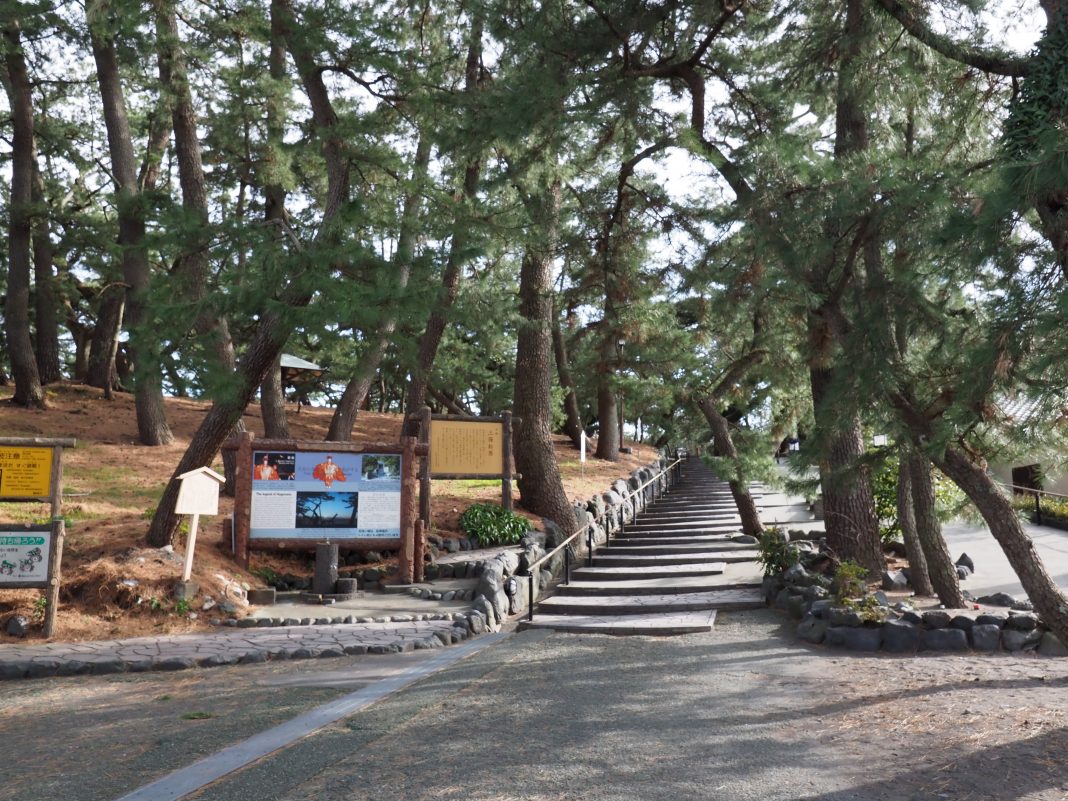
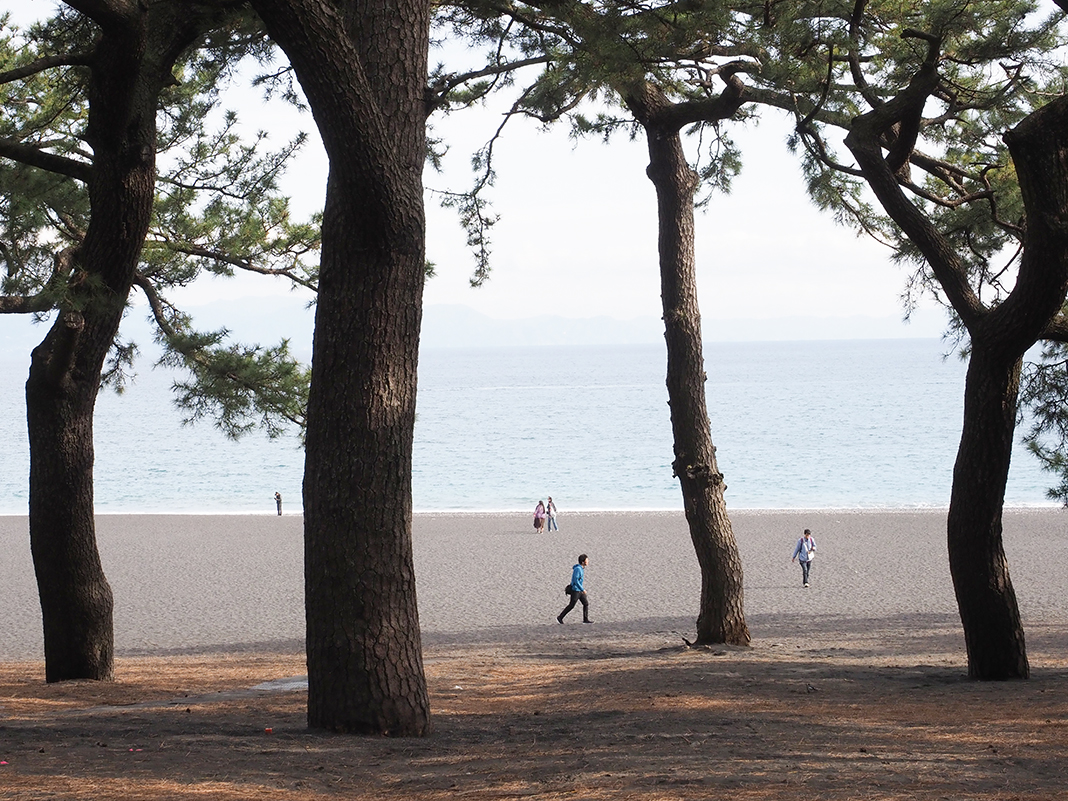

The divine appearance of the sacred Mt. Fuji can be seen.
This is the scenery of Miho no Matsubara , which was cherished by many of our ancestors and became “an object of faith and a source of art”.
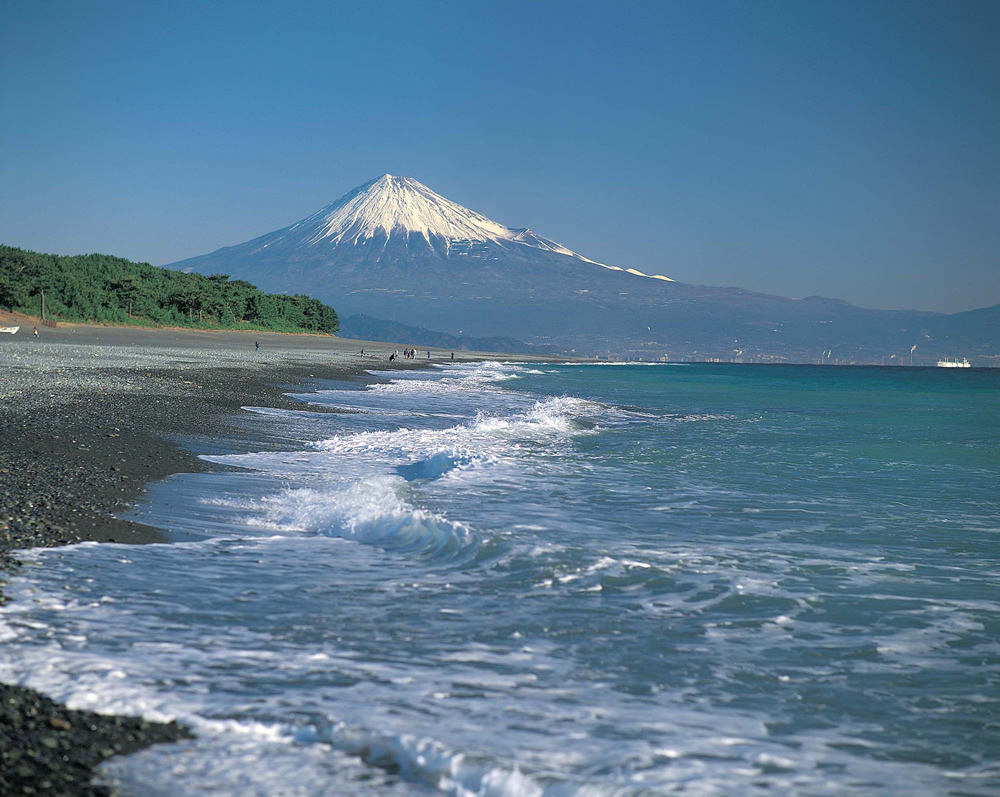
The shrine associated with the “Legend of Hagoromo” is a power spot for marital harmony and matchmaking!
Perhaps one of the reasons why Miho no Matsubara is so famous throughout Japan is the Legend of Hagoromo, a tradition that is passed down in this area.
Once upon a time, a fisherman from the village of Miho was walking along the shoreline when he happened upon the hagoromo, a shimmering golden feathered robe hanging on a pine tree. Thinking it must be valuable, the fisherman rolled it up to take home to his family. As the fisherman was about to bring the hagoromo home with him, a celestial maiden, or tennryo, appeared out of nowhere and spoke to him.
“That hagoromo that belongs to the celestial maiden. Without it I cannot return to the home of the gods where I belong. Please return it to me.” The fisherman, feeling sorry for her, replied, “I will return the hagoromo to you if you will perform for me the dance of the heavenly maidens.”
The delighted maiden put on the hagoromo and performed a beautiful celestial dance, then soared high into the sky and returned to heaven….
Miho no Matsubara is home to the “Hagoromo no Matsu,” a pine tree on which a heavenly maiden is said to have draped her hagoromo. The pine tree is now in its third generation after the original pine was replaced.
This “Hagoromo no Matsu” is the sacred body of Miho Shrine, a shrine associated with the Legend of Hagoromo, and it is also considered to be the yorishiro (object representative of a divine spirit) for the descent of the deities Mihotsuhiko-no-mikoto and Mihotsuhime-no-mikoto, known as Okuninushi and Onamuchi-no-Mikoto, respectively. The descending deities are welcomed to Miho Shrine through the “Kami no Michi” (path of the gods), a path lined with pine trees that stretches approximately 500 meters.
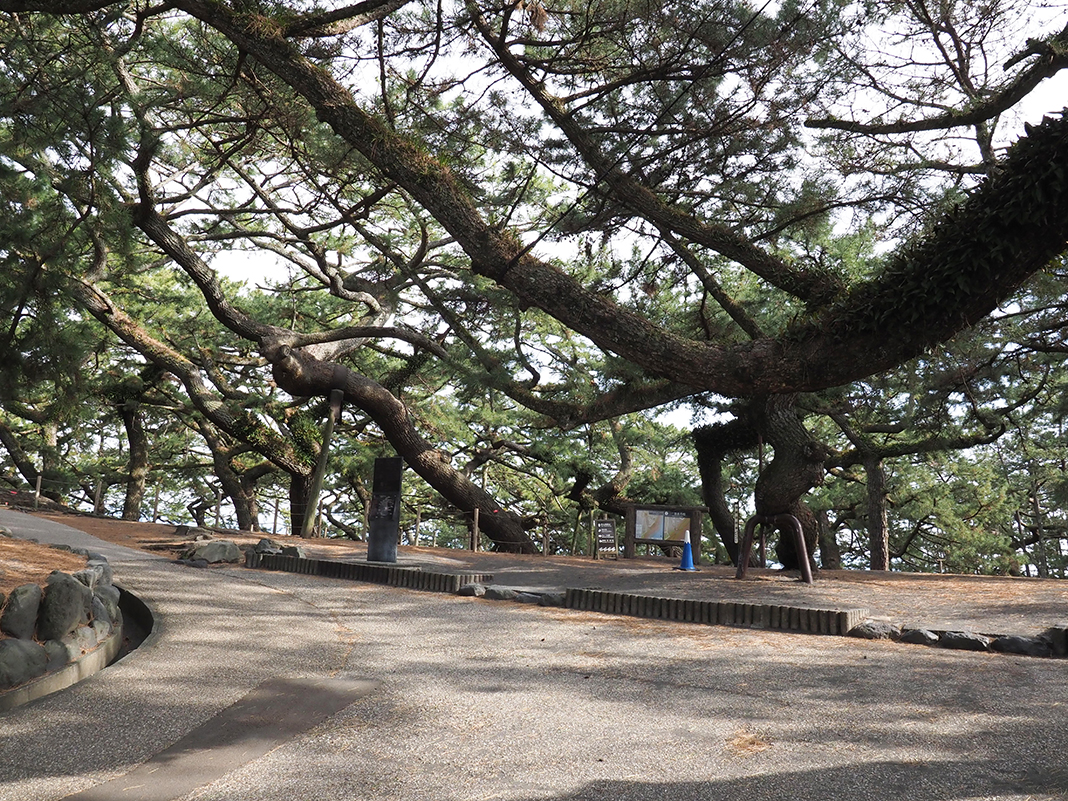
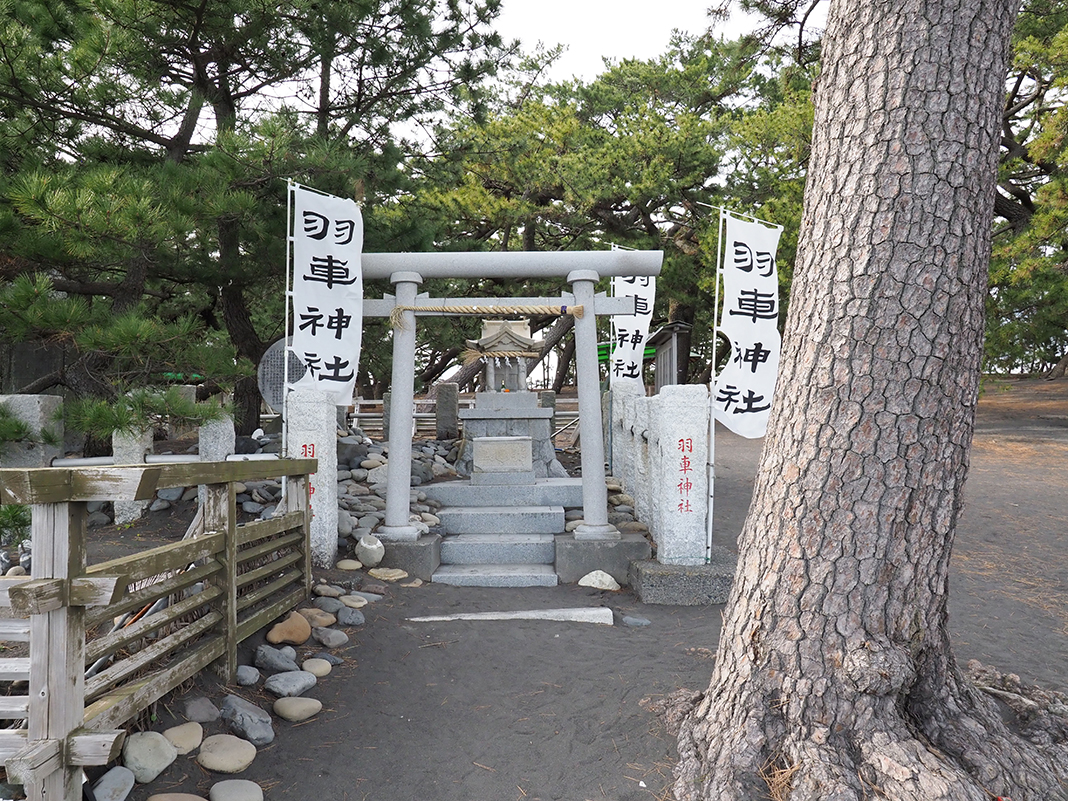
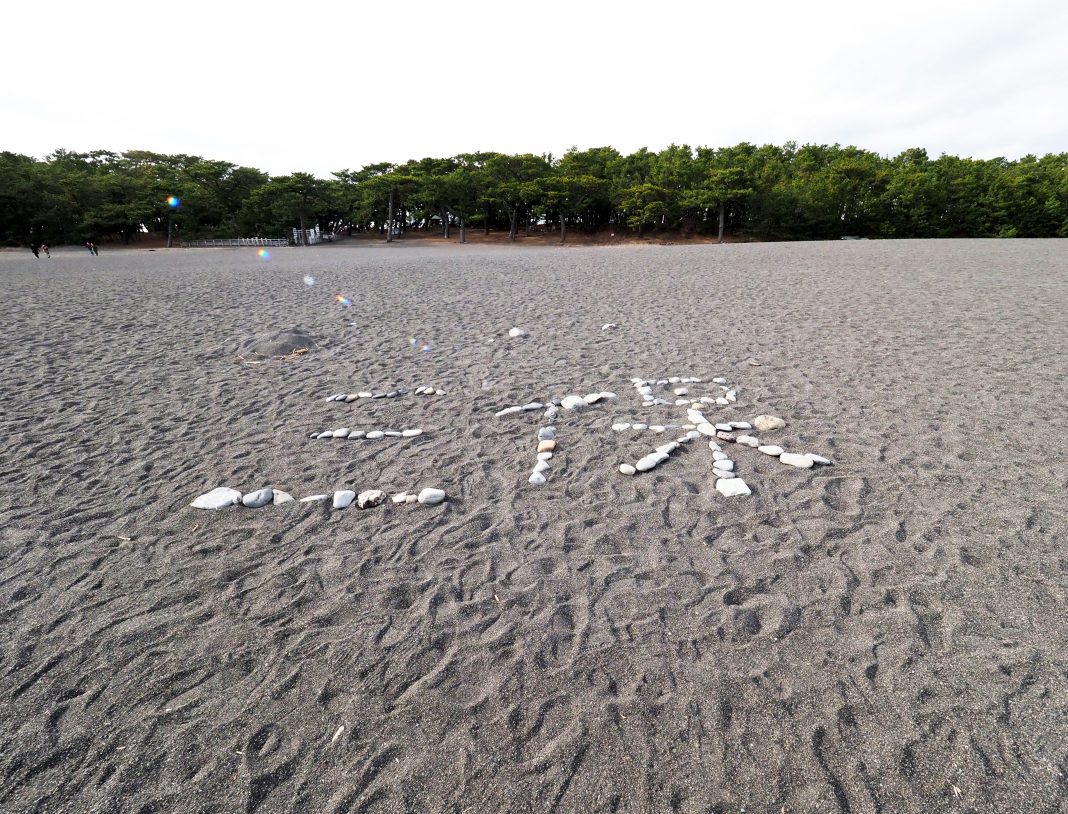
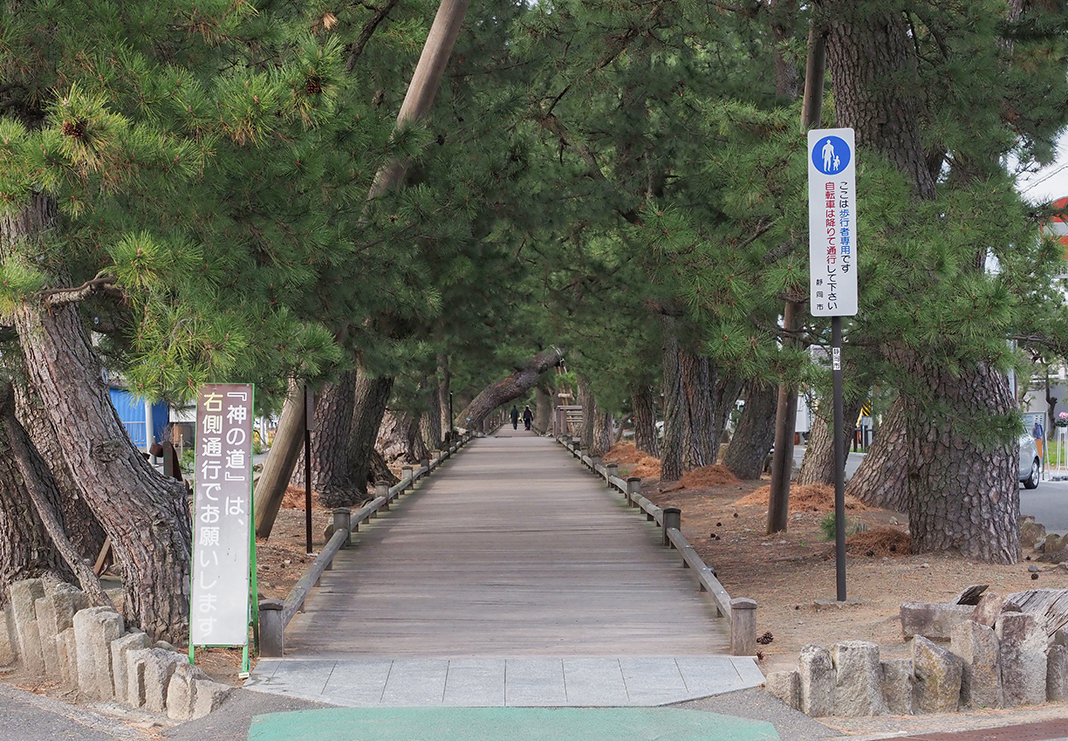
Walking boards have been maintained along the “Kami no Michi” to prevent people from stepping on the roots in order preserve the pine trees.
When you stand in front of the straight path surrounded by old pine trees believed to be 200 to 400 years old, it is as if you are being invited into the holy precincts of a Shinto shrine.
It is illuminated at night, so the atmosphere will be even more fantastic.
Miho Shrine is said to have been founded by Yamato Takeru no Mikoto, who donated the shrine’s territory, or that the shrine was relocated from Izumo Province, which was associated with Okuninushi, the ruler of Izumo, but since no documents remain, the details are unknown.
However, it is also mentioned in the Engishiki (927), so the shrine has a history of at least 1,000 years and has been watching over the area since ancient times.
The two deities of this shrine, Mihotsuhiko-no-mikoto and Mihotsuhime-no-mikoto, are husband and wife deities, and it is said that the shrine is especially famous for its blessings to married couples. The shrine also houses a piece of the hagoromo, perhaps in honor of the story of the encounter between a fisherman and a celestial maiden in the Legend of Hagoromo, and it is also said to be a power spot for matchmaking.
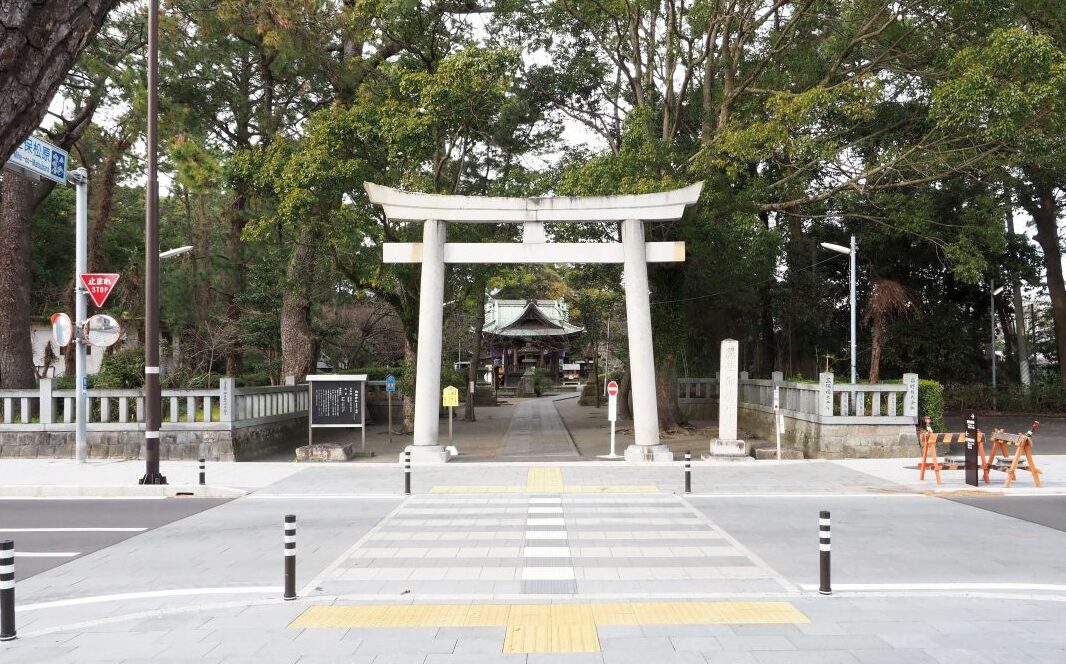
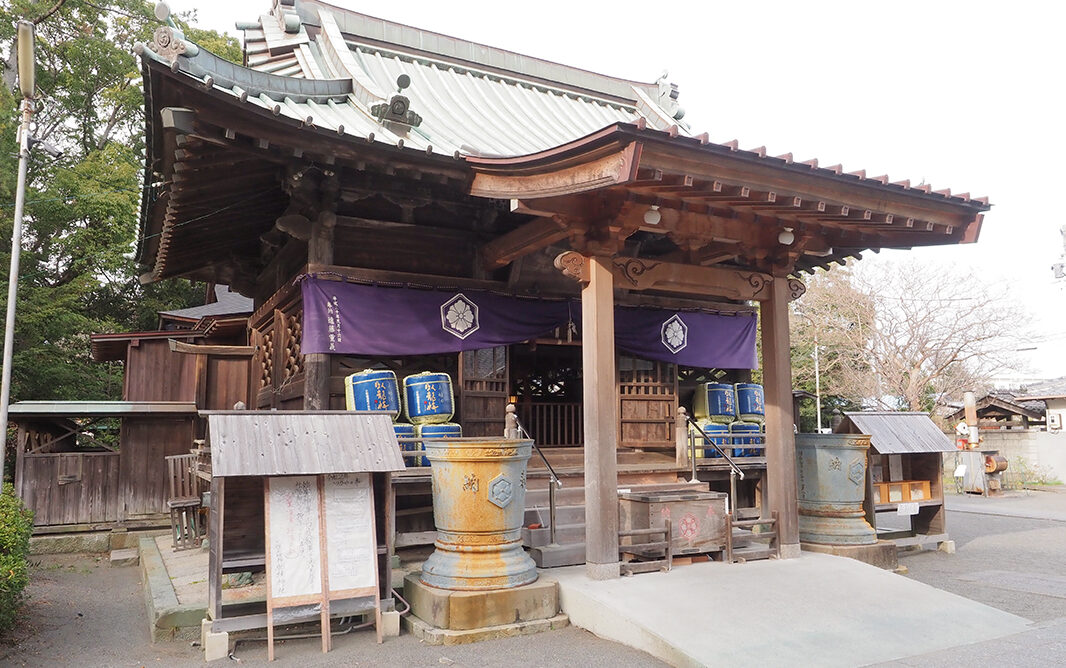
Lastly, we can learn more about Miho at “Miho Shirube” and think of a way to link to future generations
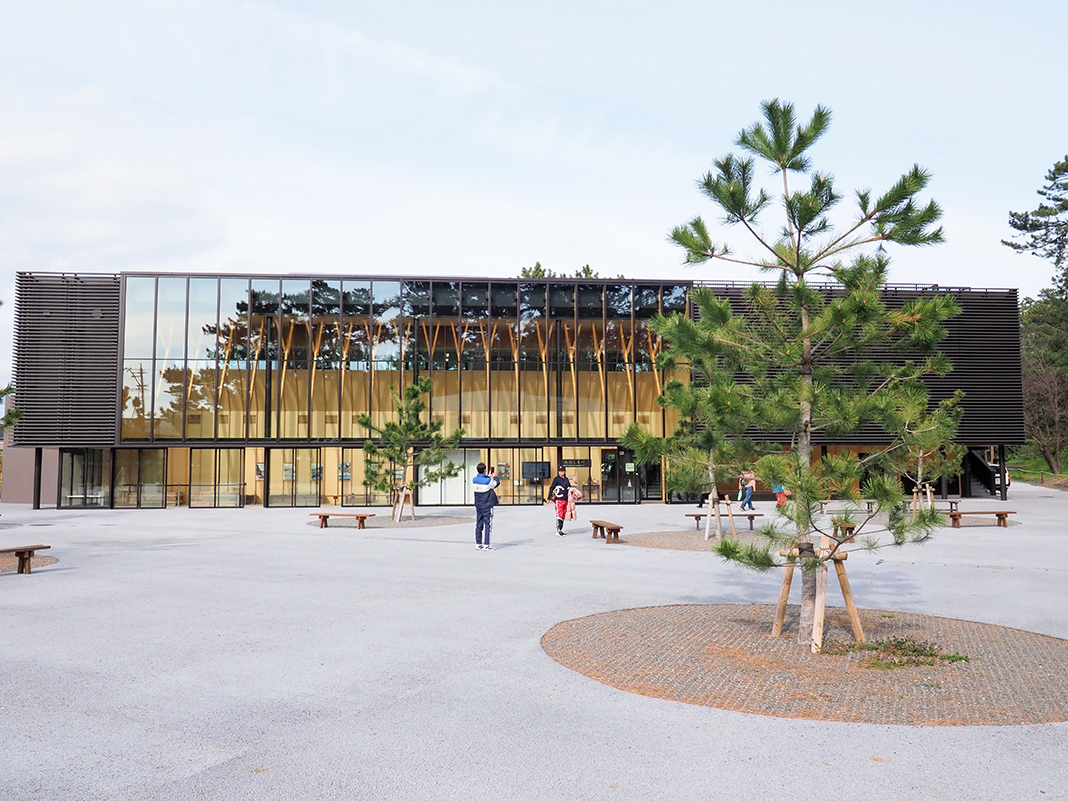
After visiting Miho Shrine, let’s stop by the Shizuoka City Miho no Matsubara Culture & Creativity Center “Miho Shirube”.
Miho Shirube
Miho Shirube was opened in 2019 with the aim of providing easy-to-understand guidance on the value and charm of Miho no Matsubara and the importance of preserving Matsubara for future generations.
Miho Shirube is a stylish, modern building that emerges from the austere atmosphere of the “Kami no Michi” into an open, bright space.
On the first floor, the relationship between Miho no Matsubara and Mt. Fuji and the Legend of Hagoromo are introduced in an easy-to-understand manner through a video theater and exhibits, and on the second floor, there are exhibits on pine tree ecology, the history of Miho, and pine tree conservation activities.
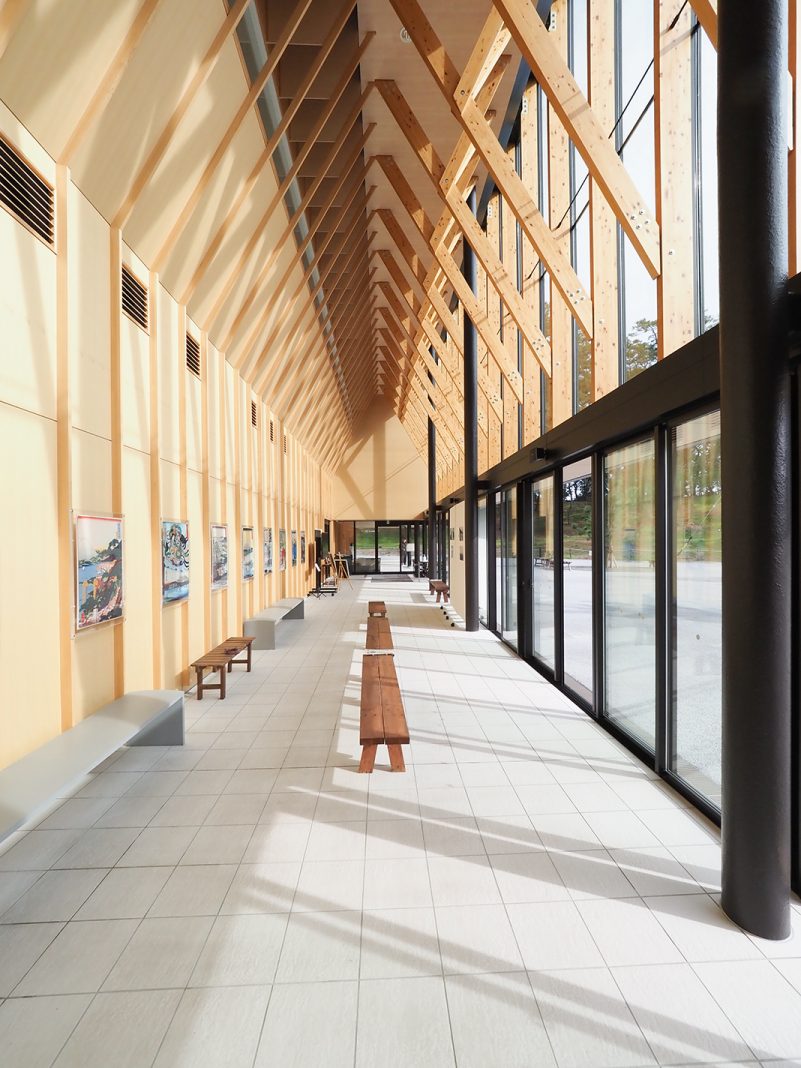
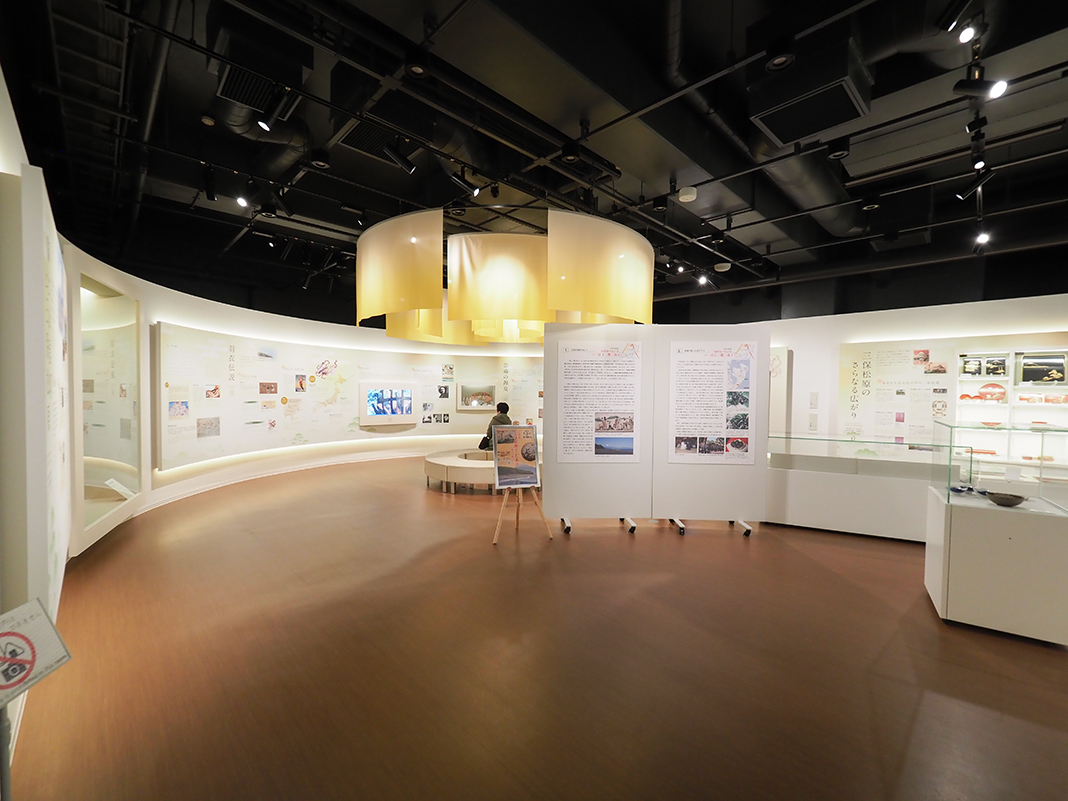
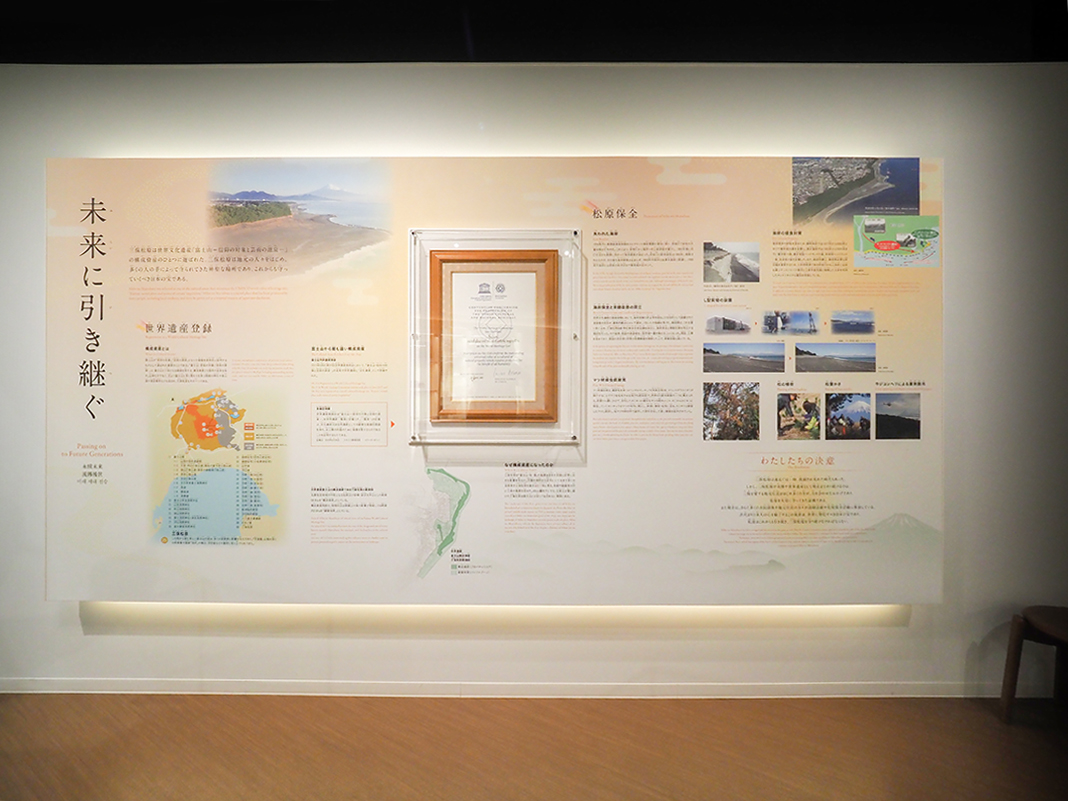
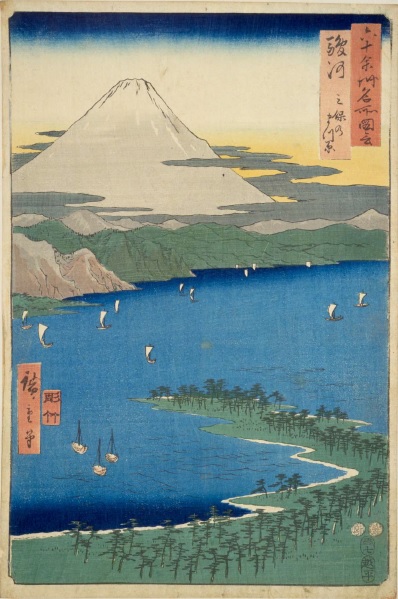
Miho no Matsubara was also the subject of a poem in the Manyoshu, Japan’s oldest collection of waka poetry
In addition, paintings such as Utagawa Hiroshige’s “Famous Views of the Sixty-odd Provinces” and “Suruga Miho no Matsubara” show how much Miho no Matsubara was loved by many predecessors and how carefully the area has been preserved with little changes of its original appearance.
We hope that you come visit Miho no Matsubara, where you can enjoy a view of Mt. Fuji, and which was registered as a component heritage of Mt. Fuji.
